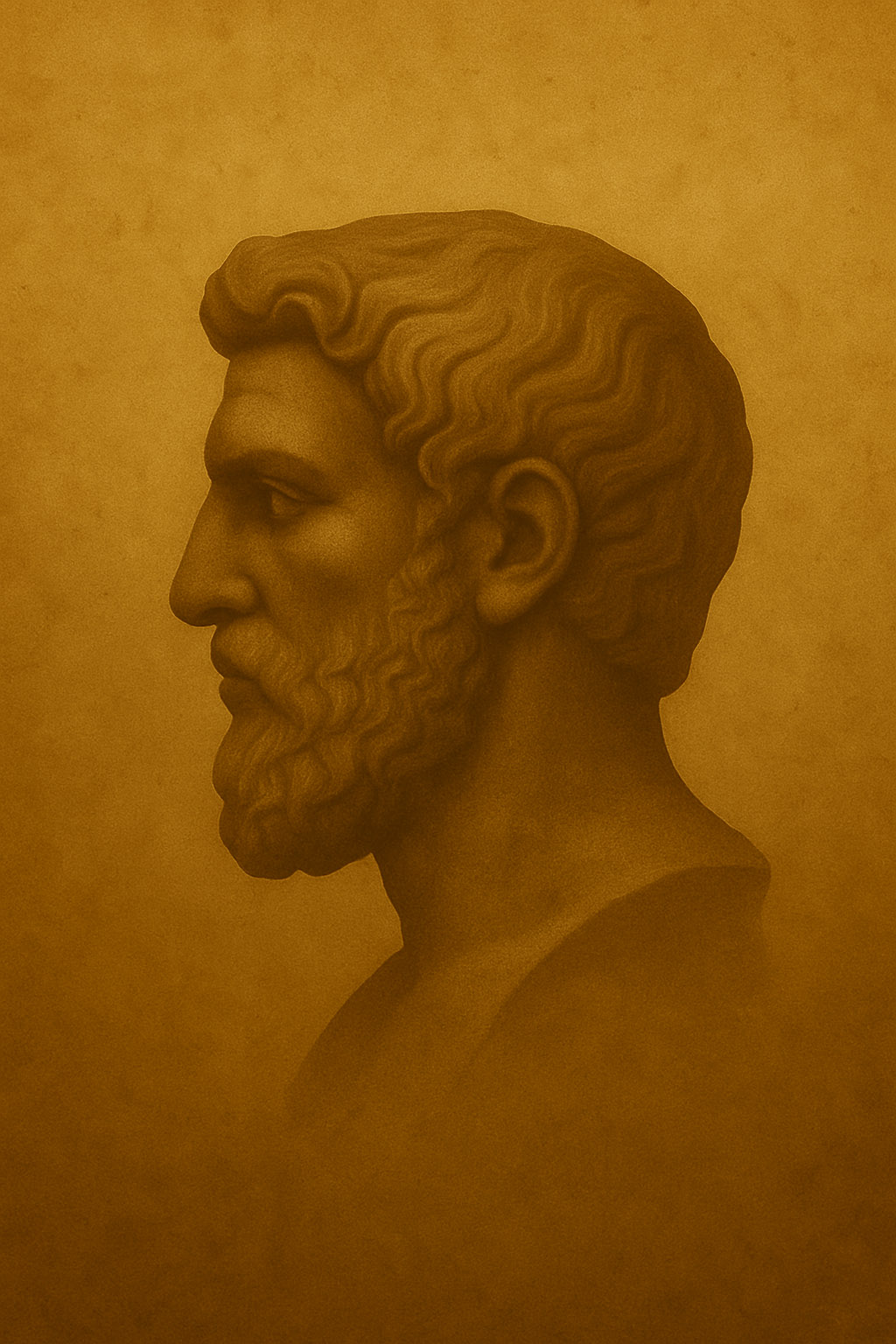At its core, Looking Back to See Ahead is more than a chronology of events—it’s a tapestry of interconnected stories that reveal how individual moments and grand historical forces weave together. From the quiet debut of the Diners Club card in 1950 to the dramatic launch of Sputnik, each chapter follows a narrative arc that brings disparate developments into sharp relief. By charting these “hinge years,” the book shows us that history isn’t a series of isolated incidents but a living, breathing storyline where technology, politics, culture, and personal experience collide.
The narrative unfolds through a dual lens: the macro view of global trends and the micro view of one life lived in tandem with those trends. As the author moves from Cold-War laboratories to suburban living rooms, from Tokyo research institutes to the first computer clubs, readers journey alongside him. This interplay of the impersonal and the intimate lends the story its emotional resonance—grand shifts become tangible when seen through the eyes of someone who witnessed them firsthand. In doing so, the narrative emphasizes that the forces shaping our world are also shaping each of us.
Structural “beat” moments punctuate the narrative, guiding the reader through rising tension, revelation, and transformation. Each chapter builds toward an “aha” convergence—when the reader sees how, say, McCarthyism and television combined to rewire public attention, or how early ARPANET protocols echoed the decentralized spirit of 1968 protests. These narrative peaks aren’t just informative; they create a sense of momentum, driving home the idea that history’s turning points are dynamic, urgent, and deeply human.
Finally, the book’s epilogue ties these threads together, transforming individual vignettes into a unified message: understanding the past equips us to navigate the future. The final pages invite readers to become active participants in their own hinge moments—to recognize emerging convergences in their lives and communities, and to write the next chapter with intention. In this way, the narrative of Looking Back to See Ahead extends beyond the text, inspiring readers to see their own stories as part of history’s ongoing saga.

Leave a Reply